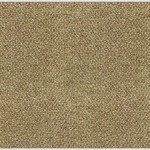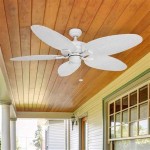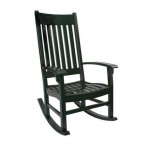How to Treat Wood for Outdoor Use Naturally
Protecting wood from the elements is essential for outdoor projects like decks, fences, and furniture. While commercial wood treatments are available, natural methods provide a safer and more environmentally friendly alternative. Here's a comprehensive guide to treating wood naturally for long-lasting outdoor use:
1. Choose Durable Wood Species
Certain wood species are naturally more resistant to rot and decay, making them ideal for outdoor use. These include redwood, cedar, teak, and black locust. If you're working with less durable woods, applying a natural treatment will enhance their longevity.
2. Use Tung Oil
Tung oil is a highly penetrating natural oil derived from the seeds of the tung tree. It soaks into the wood, providing a waterproof and UV-resistant coating that protects against moisture, sunlight, and insects. Tung oil dries slowly, allowing it to penetrate deep into the wood grain.
3. Apply Linseed Oil
Linseed oil is another natural option for treating wood outdoors. It contains an acid that polymerizes upon exposure to air, forming a hard, weather-resistant finish. Linseed oil is relatively inexpensive and easy to apply, but it takes longer to dry than tung oil and requires multiple coats for optimal protection.
4. Use Borax in Water
Borax, a natural mineral, is an effective preservative against wood-destroying fungi and insects. Dissolve borax in water according to the manufacturer's instructions and apply it to the wood using a brush or sprayer. Borax treatment is best suited for sheltered areas where the wood will not be exposed to heavy rainfall.
5. Mix Vinegar and Salt
Vinegar and salt form a simple and inexpensive wood preservative that can be applied to outdoor wood surfaces. Mix equal parts white vinegar and table salt in a spray bottle and apply it liberally to the wood. The acidic nature of the vinegar helps kill mold and decay, while the salt acts as a preservative.
Tips for Application
- Prepare the wood by sanding and cleaning it to remove any dirt or debris.
- Apply treatments in a well-ventilated area or outdoors.
- Allow ample drying time between coats.
- Reapply treatments regularly, especially after exposure to harsh weather conditions.
Conclusion
Treating wood naturally for outdoor use is a practical and sustainable way to protect it from damage. By choosing durable wood species and applying natural treatments like tung oil, linseed oil, borax, or vinegar and salt, you can ensure that your outdoor wood projects will withstand the elements and last for years to come.

When And How Often To Treat Outdoor Wood Finishes Direct

How To Treat Wood For Outdoor Use 3 Methods Explained

How To Treat Wood For Outdoor Use 3 Methods Explained

When And How Often To Treat Outdoor Wood Finishes Direct

How To Treat Wood For Outdoor Use 3 Methods Explained

When And How Often To Treat Outdoor Wood Finishes Direct

Non Toxic Wood Treatment To Protect Your Raised Beds Instead Of Paint Or Stain

How To Stain Pressure Treated Wood The Home Depot

How To Waterproof Wood With Oil Sealant Or Stain And Sealer Bob Vila

Treated Wood Vs Cedar








